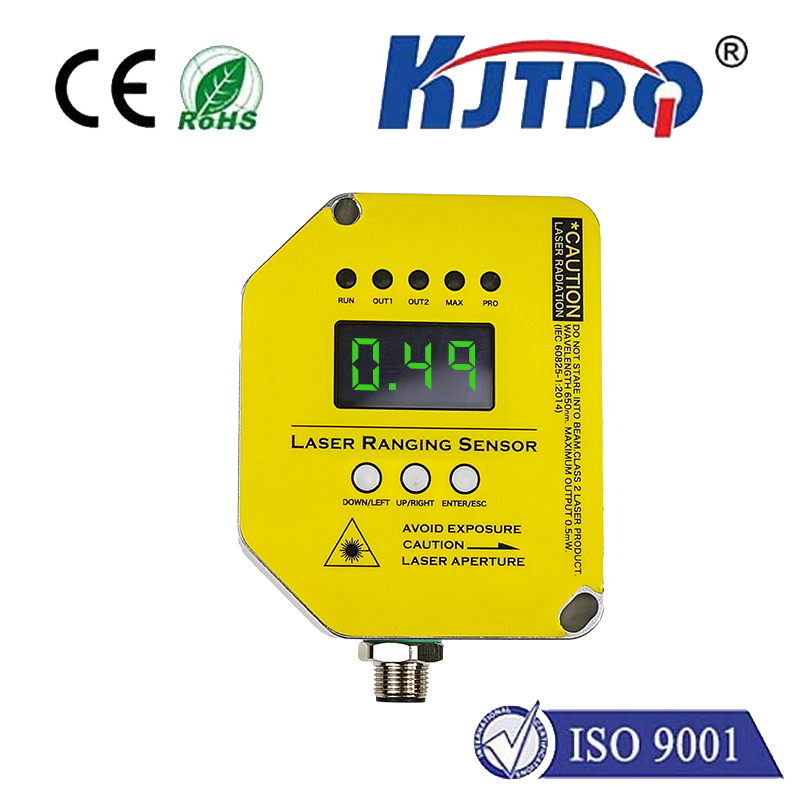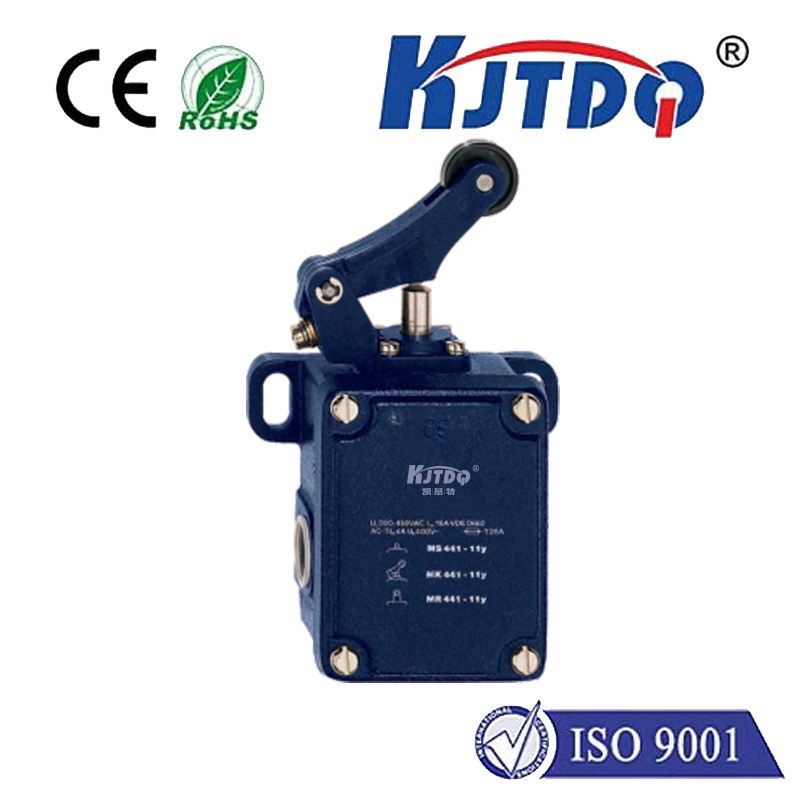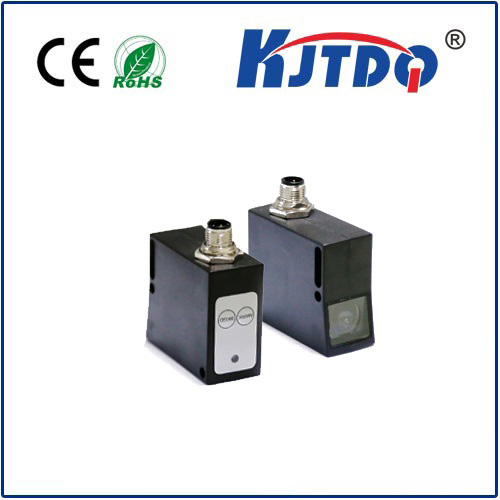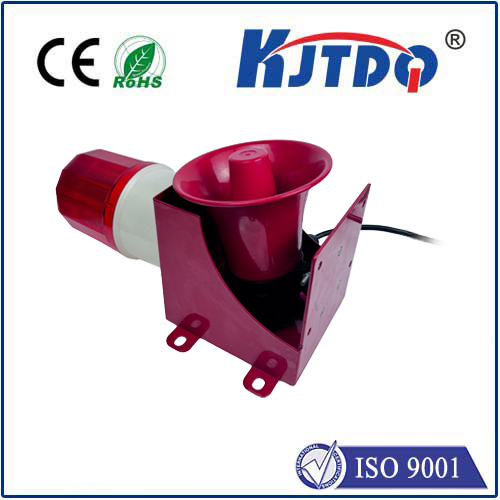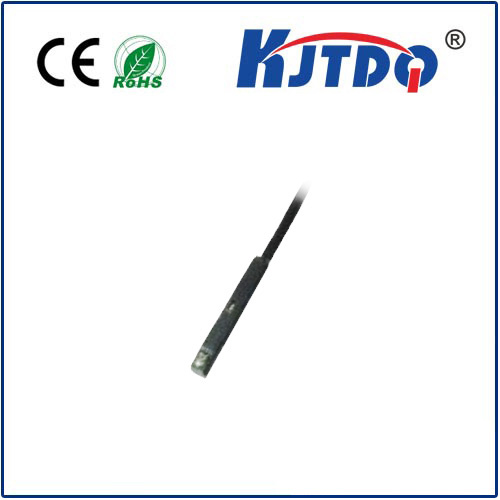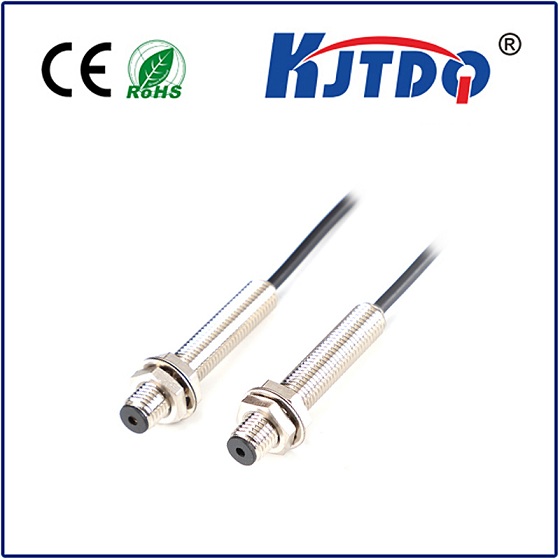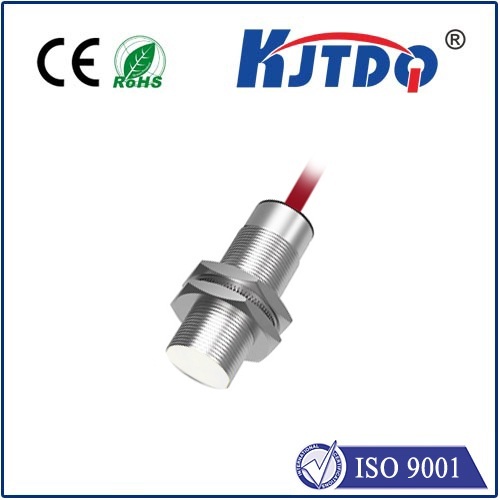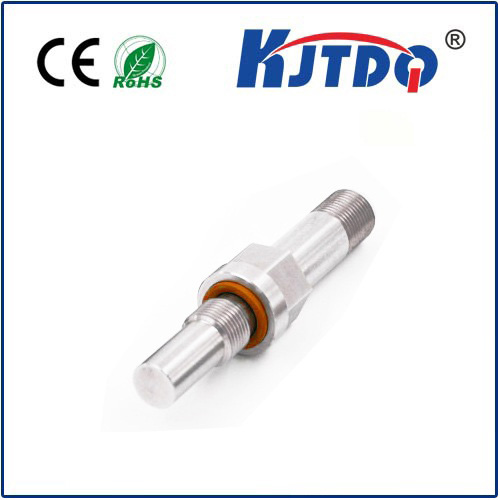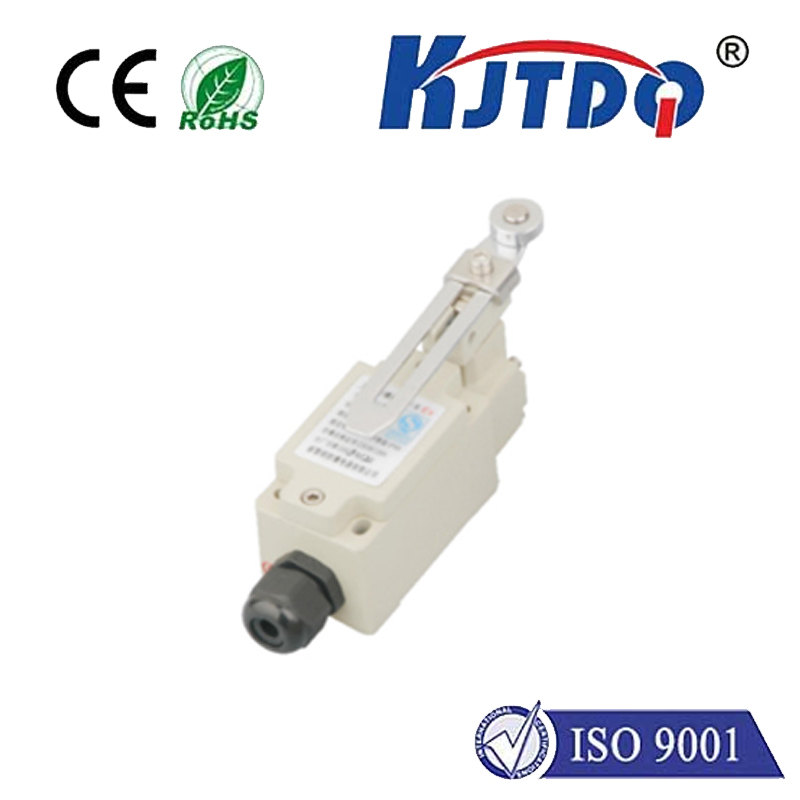
check

check

check

check

Title: Unveiling the Marvel of ROS-2E: A Leap Forward in Robotics Technology In the ever-evolving realm of robotics, the emergence of advanced platforms marks significant milestones. One such groundbreaking development is the advent of ROS-2E, a transformative extension within the Robot Operating System (ROS) ecosystem. This article delves into the essence of ROS-2E, its distinctive features, and the profound impact it heralds for the future of robotics. The Genesis of ROS-2E: Revolutionizing Communication ROS-2E, an abbreviation for Robot Operating System 2 Execution, signifies a monumental leap from its predecessor, ROS1. It introduces a real-time communication framework that transcends the limitations of traditional ROS systems. Unlike ROS1, which relies on a single master node for message passing, ROS-2E adopts a decentralized approach. This architectural shift not only enhances system robustness but also facilitates scalability to accommodate complex, multi-robot applications with ease. Enhanced Performance and Real-Time Capabilities At the heart of ROS-2E lies a commitment to performance optimization. By leveraging state-of-the-art technologies like DDS (Data Distribution Service), ROS-2E ensures ultra-low latency data exchange between nodes. This real-time capability is crucial for applications demanding precise synchronization, such as autonomous vehicles, industrial automation, and collaborative robots working alongside humans. The platform’s ability to handle high-throughput data streams without compromising responsiveness positions it at the forefront of next-generation robotic systems. Robustness and Fault Tolerance Redefined A key advantage of ROS-2E over its predecessor lies in its enhanced fault tolerance mechanisms. In ROS1, a failure in the master node could bring the entire system to a halt. ROS-2E circumvents this vulnerability through its decentralized design, allowing individual nodes to operate independently while maintaining overall system functionality. Moreover, its built-in redundancy and error-handling protocols ensure uninterrupted operation even in the face of node crashes or network disruptions, thereby significantly boosting reliability in mission-critical applications. Interoperability: Bridging the Gap Between Technologies ROS-2E doesn’t just innovate internally; it also excels in fostering interoperability. With support for multiple programming languages including C++, Python, and Java, it breaks down language barriers within development teams, encouraging collaboration and code reusability. Furthermore, ROS-2E’s compatibility with ROS1 means developers can seamlessly integrate legacy systems into their modern ROS-2E architecture, facilitating a smooth transition and maximizing return on investment. The Future Landscape Shaped by ROS-2E As we look ahead, ROS-2E stands poised to redefine the landscape of robotics research, industry, and education. Its real-time capabilities, coupled with unprecedented scalability and robustness, will accelerate advancements in autonomous systems, artificial intelligence, and smart infrastructure projects. For educators and students, ROS-2E offers a forward-looking platform to explore cutting-edge concepts and contribute to pioneering innovations. Conclusion: Embracing the New Era In summation, ROS-2E represents a quantum leap in robotics technology, pushing boundaries with its real-time communication, enhanced performance, and exceptional fault tolerance. As this revolutionary platform continues to mature, it promises to unlock new dimensions of possibility, driving humanity towards a future where intelligent, autonomous systems seamlessly integrate into our daily lives. Embracing ROS-2E now means actively participating in shaping this exciting frontier of progress.
